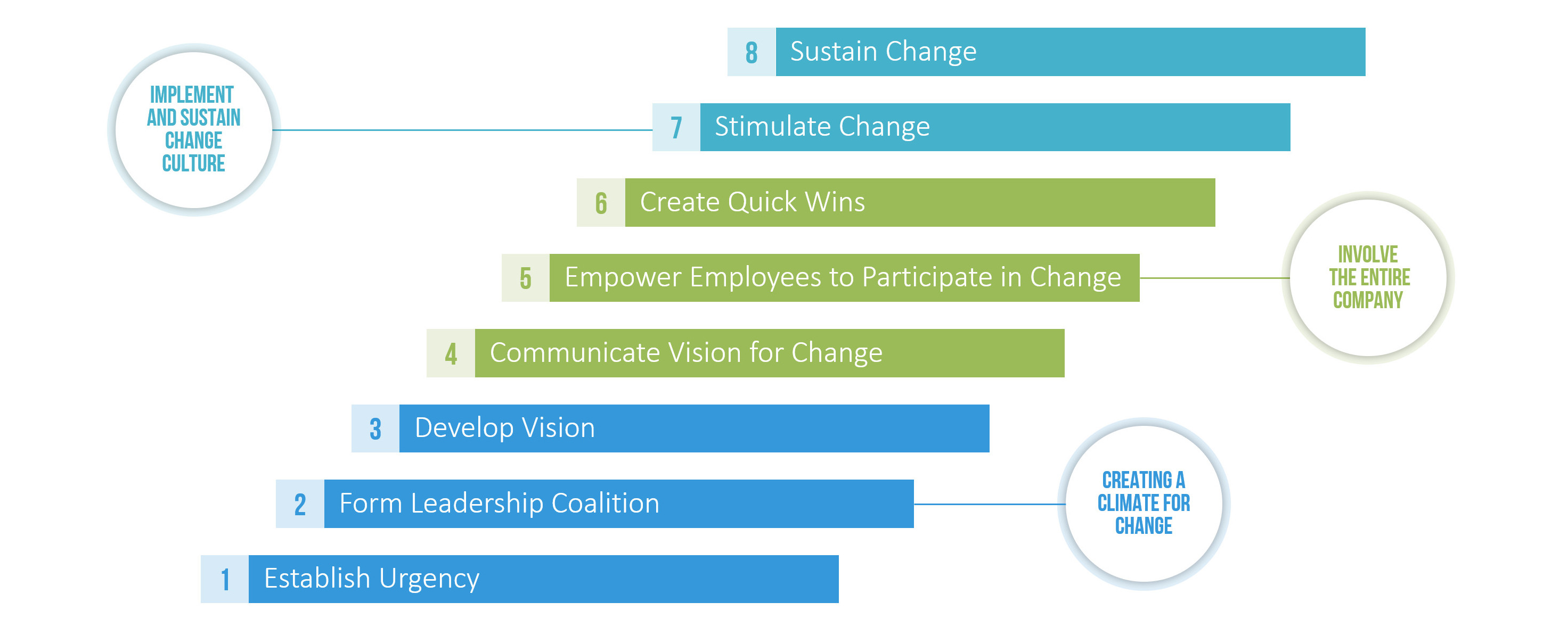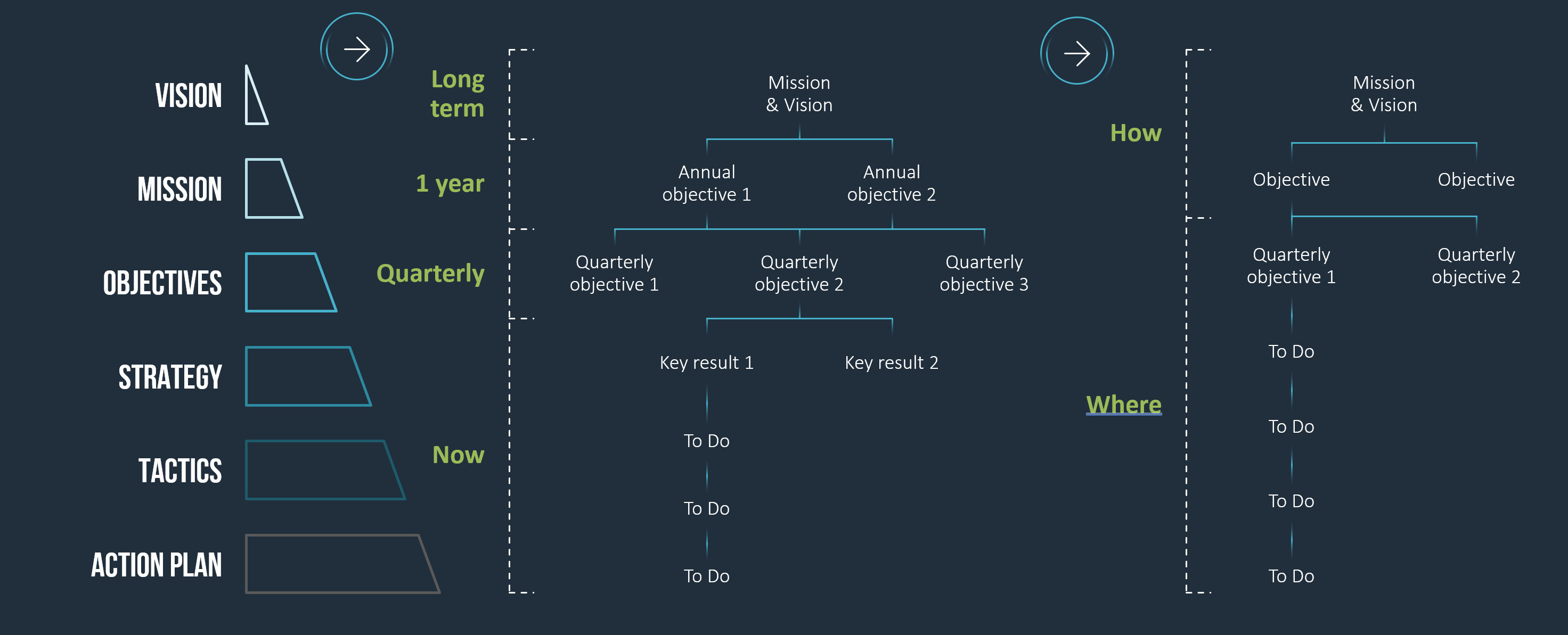Management Toolboxes PowerPoint Templates
This category’s toolboxes are comprehensive collections of tried-and-true management tools. All our toolboxes include high-quality charts and diagrams and are categorized by management disciplines. Our management toolboxes are the ideal addition to your template toolbox..
As an expert in project management, quality management or change management, you need the best diagrams of the most popular methods for your presentations. Our templates provide you with an extensive selection of must-have slides in one product. All tools come as graphics with clear explanations on informative slides. Many of our management toolboxes feature interactive hyperlinked slides, so you can quickly switch from one tool to the next.
Management Tools
Management tools are designed to support leaders and their teams at all corporate levels. Due to diverse responsibilities and requirements, each business sector has developed its own methods. Managers need to have a clear understanding of these tools.
Management tools offer a systematic approach to solving business problems. They also play a key role in delineating and communicating complex ideas and issues. Many executives and team leaders consider well-established management tools indispensable.
Why are management tools important?
When projects fail or targets aren’t met, it often isn’t due to issues with employees or technical resources. In most cases, it's due to a lack of methodology. Without an effective strategy and implementation plan, companies can’t reach their full potential.
Managers can develop strategies in various ways. Books or other media can be sourced, but this is time consuming and often leads to disappointing results. Consultants are always an option, but they come at a high price. The easiest and most cost-effective options are management tools. They’re tailor-made for the requirements of everyday business. They also provide teams with knowledge and best practices and ensure reliable results.
How do you choose a management tool?
Selecting a tool that fits your business and objectives can be challenging. Different tools have different strengths and weaknesses, which is why some companies choose multiple approaches. Ultimately, it’s about finding a method that works specifically for your business and can be adapted to changing conditions. Invest the time in comparing management tools to find out if a method suits your needs and goals. Here are some fundamentals that every company should consider when choosing a management tool.
What should the management tool do?
You first need to define your project’s KPIs and strategic goals. What exactly do you want to achieve with this new method? Set goals and define intermediate deliverables to evaluate the tool’s effectiveness. What external factors and risks could potentially influence it and affect the outcome?
Every company must decide the scope of the management tool. Some methods can be implemented immediately and without much preparation. Others require extensive restructuring of existing processes and as a result, are often met with reluctance. After you’ve defined the necessary criteria, it’s time to develop the evaluation process.
How do you properly implement management tools?
Now that you’ve reviewed which tool delivers the best results with the least risk, you need feedback and additional support for our choice. Stakeholders and teams must be informed. After all, even the most effective management tool must be accepted and adopted to realize its full potential. Before introducing it to your team, both the tool itself and the reasons for implementing it should be properly documented and communicated. After it’s been introduced and accepted within the company, it needs to be regularly monitored and adapted to your company’s evolving goals.
What’s the best way to present management tools and progress?
The greatest strength of management tools in PowerPoint is their ability to clearly communicate information. Unlike text or spreadsheet programs, this presentation software focuses entirely on effectively visualizing and sharing knowledge with others. Experience has shown that this is critical to successfully implementing management tools in a company. Our templates in this category have been specifically designed to effectively present new methods and tools. These templates provide a professional layout to visualize a tool’s progress and results.
5 important management tools for every company division
1. Benchmarking
Benchmarking is one of the most popular strategic management tools. It’s used for the competitive analysis of a company’s products, services, or processes. Comparing your company with others reveals your own strengths and weaknesses, and potential for improvement. Normally, the market leader is used as a benchmark. However, benchmarking can also be used in project management to compare the performance of individual projects.
The goal of a systematic benchmarking strategy is to gain ground on market leaders by comparing your performance with theirs. Outdated processes can be replaced with more efficient processes. Successful benchmarking also results in increased customer satisfaction and reduced costs through improved quality.
2. Kotter’s 8-Step Change Model
Kotter’s 8-step model of change is a fundamental change management tool. It divides each change process into eight successive steps. Each step must be completed for the change to be successfully implemented. The model provides organizations with an important guide and roadmap through complex and lengthy change processes. This tool gives managers and team leaders a clear framework for explaining and managing change processes.
3. Gantt-Charts
The Gantt chart is a management tool that is used to plan and coordinate the steps within an overall project. A Gantt chart presents individual activities and their start and end dates in table form. This detailed breakdown of activities and their time requirements makes it possible to better manage the entire process. The project manager can identify deficiencies at an early stage and optimize project processes where necessary. Gantt charts ensure project managers always have an overview of deadlines and important milestones. The Gantt chart is a go-to project management tool.
4. Objectives and Key Results (OKR)
Objectives and Key Results (OKR) is a management methodology to define and track objectives and their outcomes. Teams collaborate to set objectives at regular intervals and measure their progress step by step. Even long-term, hard-to-reach goals can be realized by aligning OKR with the company’s overall objectives. OKR improves communication, transparency and motivation. OKR is used extensively in strategic management.
5. Design Thinking
The 5-step Design Thinking process is a widely used approach for developing creative solutions to complex problems. It also provides an important framework for integrating other creative tools. The iterative approach of Design Thinking creates a development process that actively involves the customer. The Design Thinking process is a key player in our Creativity Toolbox. By combining this method with other tools in this template, you can provide your team or client with a systematic approach to tackling creative problems and developing innovative solutions.






